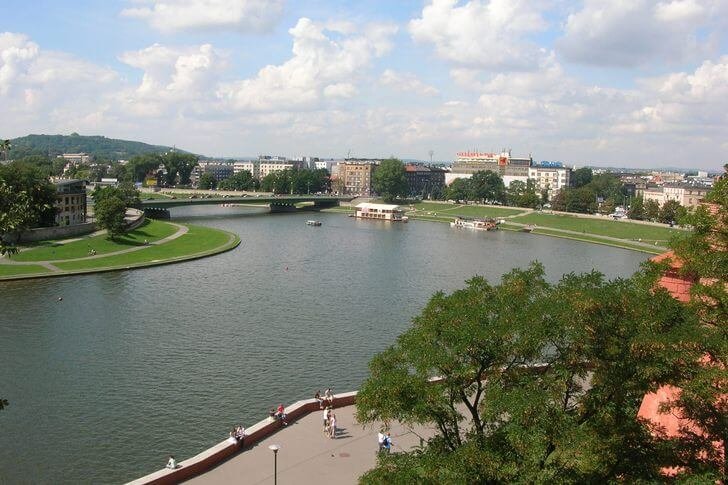Krakow is the recognized cultural capital of Poland. The richness of the historical heritage and the beauty of the architecture of the old quarters attract thousands of tourists to the city every year. Local residents are very proud of the city, as the history of the formation of Polish statehood is inextricably linked with it.
During the Middle Ages, the city became an important spiritual, cultural and educational center. Since the 11th century, temples and monasteries have been built here, among which are the magnificent St. Mary's Church and the Romanesque Church of St. Andrew, in 1364 the Jagiellonian University appears - one of the oldest educational institutions in Europe.
No less interesting are the museums in Krakow, where you can learn the history of Poland and get to know its culture better. Oskar Schindler's factory and the Museum of Modern Art will certainly interest tourists who are fond of the history and heritage of the XX-XXI centuries.
What to see and where to go in Krakow?
The most interesting and beautiful places for walking. Photos and a short description.
- Wawel Castle
- Cathedral of Saints Stanislaus and Wenceslas
- Market Square and Cloth Hall
- Mary's Church
- Tower of the Krakow City Hall
- Kazimierz
- Florian street
- Krakow Barbican
- Collegium Maius
- Ghetto Heroes Square
- Oskar Schindler Factory
- Modern Art Museum
- Market Dungeons
- Polish Aviation Museum
- Jewish Museum Galicia
- Stained glass museum
- Ethnographical museum
- Czartoryski Museum
- Juliusz Slowacki Theater
- Church of St. Francis of Assisi
- Basilica of the Body of God
- Church of Saints Peter and Paul
- Church of St. Andrew
- Basilica of the Holy Trinity
- Divine Mercy Sanctuary
- Kurgan Kosciuszko
- Krakow Zoo
- Botanical Garden of the Jagiellonian University
- Krakow Planty
- Vistula river
Wawel Castle
The residence of the Polish kings of the XIII century, located on the banks of the Vistula River. Construction began under Wenceslas II and continued under Casimir III the Great. During the Northern War, the castle was burned down by the Swedish troops, after which it was reconstructed in 1724-28. For a long time, the Wawel Castle belonged to the Austrian Empire, and only at the beginning of the 20th century did the Poles manage to buy it back.
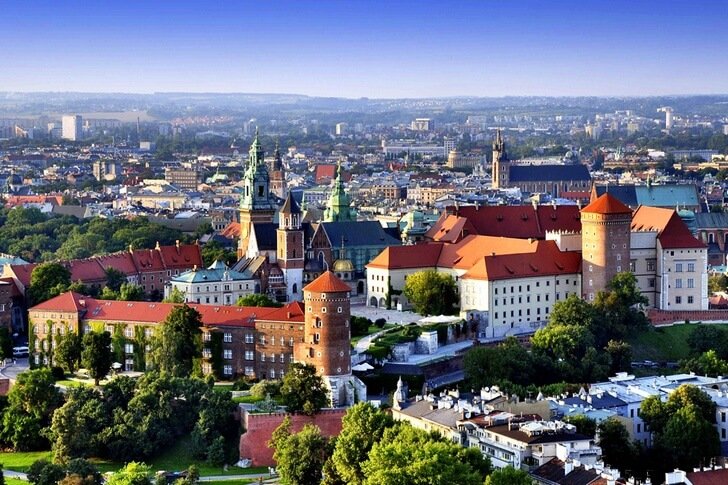
Cathedral of Saints Stanislaus and Wenceslas
The Catholic Cathedral, which has the status of a minor basilica. Earlier, on the site of the temple, there were churches of St. Wenceslas of the 11th century (it was destroyed as a result of hostilities) and St. Stanislav of the 12th century (burned down). A new temple was built to replace the lost ones. The facade of the building is made in the Gothic style. At a later time, Renaissance chapels were added to it. In the temple there is a tomb where the kings, poets and national heroes of Poland are buried.

Market Square and Cloth Hall
The Market Square is located in the historical center of Krakow. There are many iconic landmarks here. One of the most notable buildings is Cloth Rows, a shopping gallery that appeared under King Boleslav V. Over the next centuries, the complex was rebuilt several times, acquiring decorative elements, loggias, arches and columns. The building acquired its modern look at the end of the 19th century.
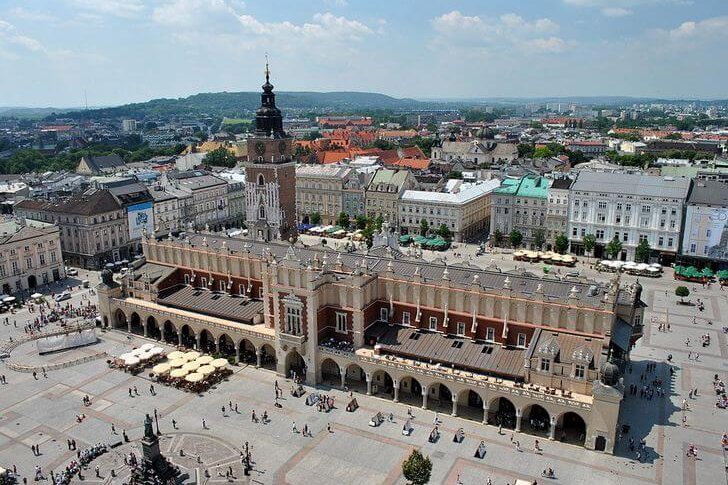
Mary's Church
The Catholic Church, located near the Main Market in Krakow. The first wooden church on the site of St. Mary's Church appeared in the 13th century. The modern building began to be erected at the beginning of the 14th century. The structure is built of red brick in the early Gothic style and is decorated with magnificent colored stained glass windows. Baroque and late Gothic features predominate in the interior space.

Tower of the Krakow City Hall
Until the beginning of the 19th century, there was a full-fledged town hall building on the Market Square, erected in the 14th century. All buildings were demolished due to dilapidation, but the tower managed to survive. In the 1960s The building was reconstructed, after which it passed into the jurisdiction of the city museum. The tower reaches a height of 70 meters. At a height of 50 meters there is an observation deck from where you can admire the magnificent architecture of the old quarters.

Kazimierz
A quarter in the historical part of Krakow, on the territory of which the Jewish community lived from the 16th century until the occupation of Poland in World War II. In the period 1335 - 1818. Kazimierz was an independent city, since 1800 it became part of Krakow. The Jewish Quarter is one of the main tourist centers. Many historical monuments located on its territory are included in the UNESCO World Heritage List.

Florian street
A small street with a length of just over 330 meters, located in the historical part of the city. It is built up with picturesque Renaissance, Baroque and Classicist mansions, most of which served as residential buildings for the Krakow aristocracy. The street got its name from the ancient defensive tower, which was once the entrance to the city - the Florian Gate.
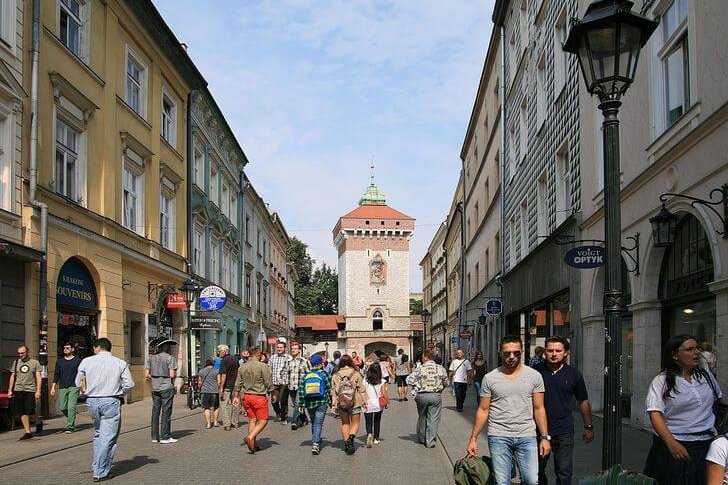
Krakow Barbican
An architectural monument of the 15th century, the northernmost part of the defensive wall around Krakow, which was demolished in the 19th century. The Barbican served as a fortification that protected the entrance to the city through the Florian Gate. It is equipped with seven watchtowers and 130 loopholes. The thickness of the walls reaches 3 meters. Today, a branch of the Krakow Historical Museum is located in the barbican.

Collegium Maius
Collegium Maius ("the greatest collegium" in Latin) is the oldest building of the Jagiellonian University. The building itself was included in the educational institution by the will of Vladislav II Jagiello. There were auditoriums, professors' rooms and a library. In the 19th century, the Collegium Maius was restored in neo-Gothic style. Today, it houses the Museum of the University.

Ghetto Heroes Square
In May 1942, a ghetto was formed in one of the city squares, where more than 4,000 Jews were rounded up for further transportation to concentration camps. In 2005, a memorial monument was erected here in the form of rows of chairs, which symbolize the furniture thrown out of the apartments during the Nazi pogroms. Unlike other squares in Krakow, there are usually few tourists here.

Oskar Schindler Factory
A factory for the production of metal utensils, founded in 1937 by Jewish industrialists M. Gutman, V. Gleitman, I. Kohn. In 1939, it went bankrupt and passed to O. Schindler, who modernized and revived production. During World War II, Jews from the Krakow ghetto worked here. Thanks to the efforts of Schindler, many workers managed to avoid death in a concentration camp. In 2010, a memorial museum of the same name was opened on the territory of the factory.
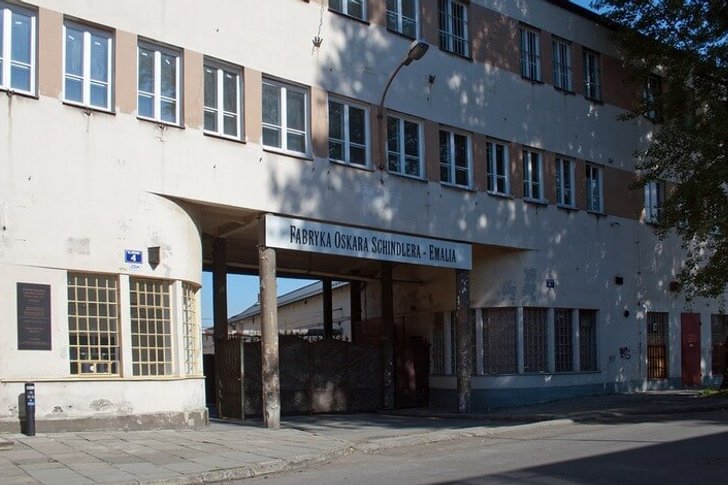
Modern Art Museum
The exposition is located in one of the buildings of the Schindler factory, modernized in 2010. The museum specializes in organizing exhibitions of art objects created in the last decades of the 20th century and at the beginning of the 21st century. It has its own permanent exhibition, which is exhibited on the second floor. The gallery has a library, a bookstore and a restoration workshop.

Market Dungeons
The catacombs are located under the Market Square. They were created to house a branch of the Krakow Historical Museum in 2010. In the Underground of the Market there is an exposition consisting of finds from archaeological excavations carried out in 2005 as part of the reconstruction of the Market Square. The dungeons are equipped with modern multimedia equipment, with the help of which historical reconstructions are created.
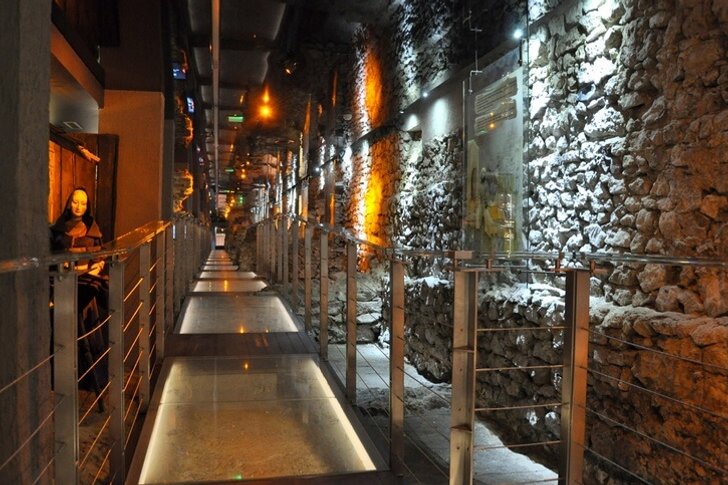
Polish Aviation Museum
One of the largest aviation expositions in Poland. The museum was established on the site of the former airfield in 1964. Aircraft, helicopters and gliders manufactured in the Czech Republic, Poland, Russia, the USA, Great Britain and other countries are exhibited here. There is also a large collection of aircraft engines. The exposition is located in three hangars, as well as on a wide open-air field.
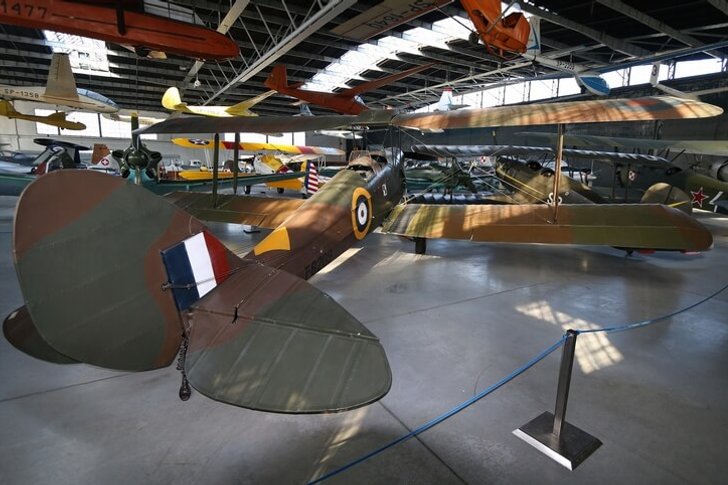
Jewish Museum "Galicia"
The museum is located in the Kazimierz quarter. It was created in 2004 on the initiative of the journalist K. Schwartz and Professor D. Webber. The exposition is dedicated to Jewish culture, traditions and way of life, as well as the events of the Holocaust (mostly the suffering of the prisoners of the Auschwitz concentration camp). Galicia regularly hosts meetings, seminars and lectures on various aspects.
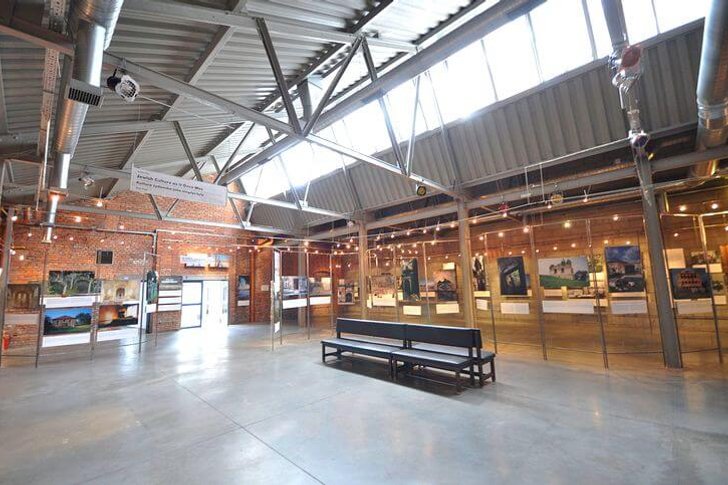
stained glass museum
The museum is located in the building of a stained-glass workshop, which was erected in 1907 in the Art Nouveau style, which was fashionable at that time, according to the project of L. Voytychko. The exposition was founded in 2000 for the purpose of studying, preserving and developing Polish stained glass art. In addition to viewing the exhibits themselves, in the museum you can observe the process of making picturesque compositions from colored glass.
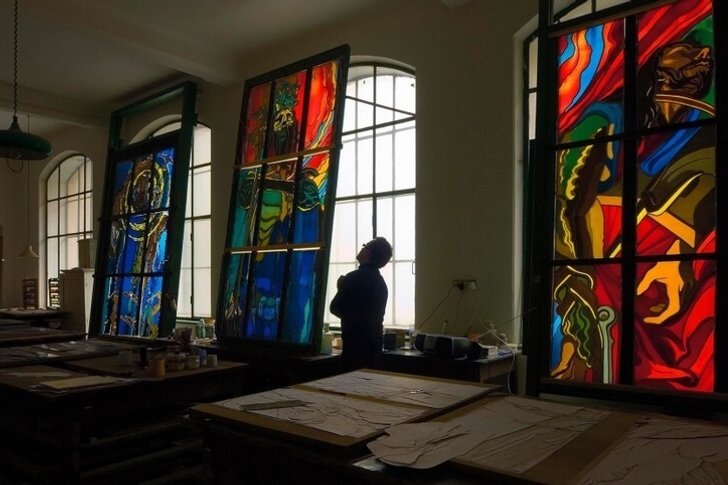
Ethnographical museum
The exposition is located on the territory of the former Kazimierz town hall. The museum emerged as an independent institution from the ethnographic department of the National Museum of Krakow in 1910. The collection contains more than 8,000 items related to the history and culture of Poland. Most of the items belong to the 19th century, but there are also artifacts belonging to earlier historical periods.
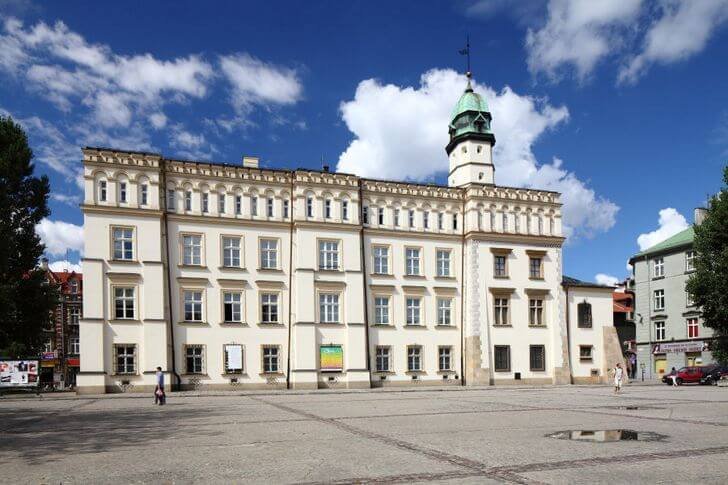
Czartoryski Museum
The museum was opened in 1796 on the initiative of Princess Isabella Czartoryska. In 1801, as a result of the November Uprising, the exposition was plundered, and the surviving remains were taken to France. In 1970 the collection returned to Poland. The most valuable exhibit of the museum is the painting by Leonardo da Vinci "Lady with an Ermine" - the only creation of the master, which is located on the territory of Poland.
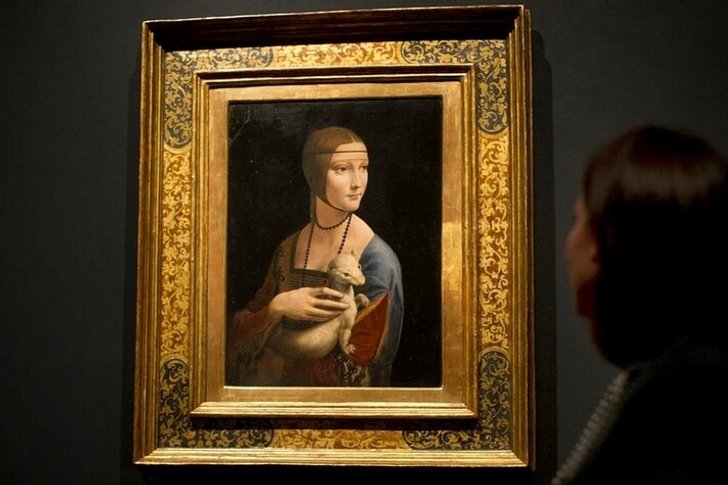
Juliusz Slowacki Theater
One of the best drama scenes in Poland, founded in 1893, which was already at the turn of the 19th-20th centuries. gained wide popularity and significance among the theatrical public. Well-known Polish directors and many talented actors worked here, as well as plays by world-famous authors were staged. The building was erected according to the project of the architect Y. Zaveisky.

Church of St. Francis of Assisi
Roman Catholic Cathedral of the first half of the XIII century, located in the historical part of Krakow. It is believed that the founders of the temple could be princes Henry II the Pious or Boleslav V the Shameful. Researchers do not have a consensus on this issue. The Gothic facade of the building has been preserved in its original form, having undergone minor changes during the reconstruction of the 19th century.
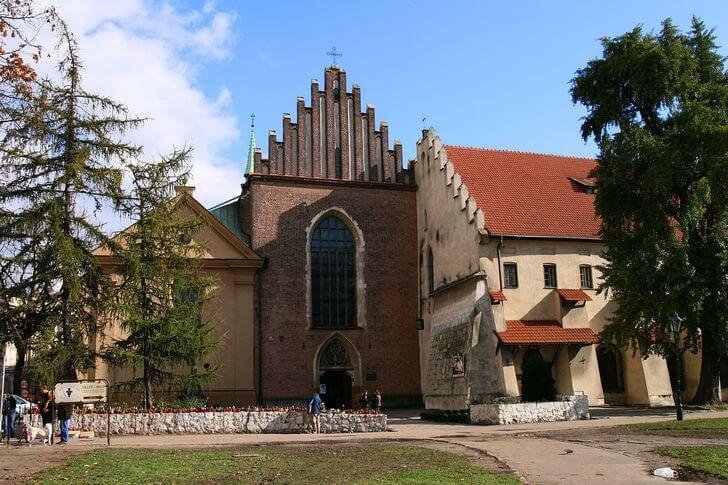
Basilica of the Body of God
The temple was built in the Gothic style at the turn of the XIV-XV centuries. Baroque and renaissance features, which were brought here during later reconstructions, can be traced in the appearance of the external facade, as well as in the interior design. In 1566-1582. a baroque belfry was attached to the main building. An important relic is kept inside the basilica - the relics of the Polish preacher St. Stanislaus Kazimierczyk.

Church of Saints Peter and Paul
The church is the first building on the territory of Krakow, erected in the Baroque style. It was designed by the Italian architect D. de Rossi at the end of the 16th century for the Catholic Order of the Jesuits. After the brotherhood was disbanded in the 18th century, the church changed owners several times and was eventually transferred to the Cistercian abbey. Since 1820 it belongs to the Krakow parish of All Saints.

Church of St. Andrew
The building was erected in the 11th century in the Romanesque architectural style. The appearance of the cathedral underwent changes in the XVIII century during the reconstruction. It acquired some baroque features, although the general architectural concept was left the same. A monastic cloister adjoins the temple, where ancient church relics are kept. There is also a library with a large collection of theological literature.
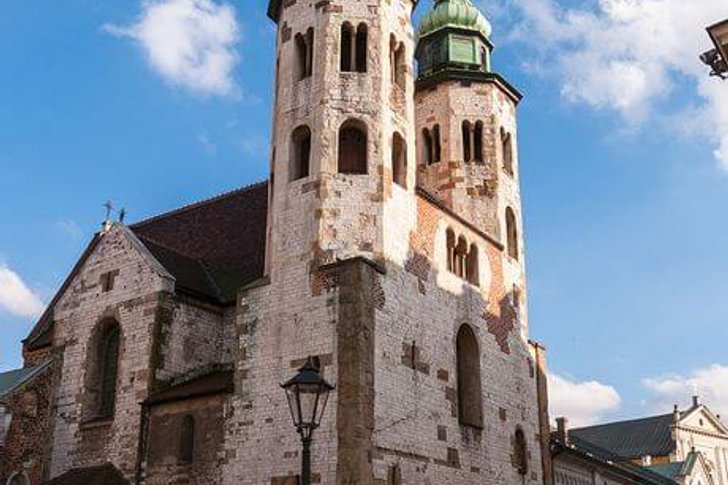
Basilica of the Holy Trinity
Dominican temple of the XIII century, built in the Gothic style. After a devastating fire in 1850, the building was almost completely destroyed. The entire interior burned out, and the walls of the facade partially collapsed. The temple was restored in the period 1853-1872. During construction work, the surviving part of the facade had to be dismantled, as it was very fragile due to damage. As a result of restoration work, the original appearance of the basilica has changed significantly.
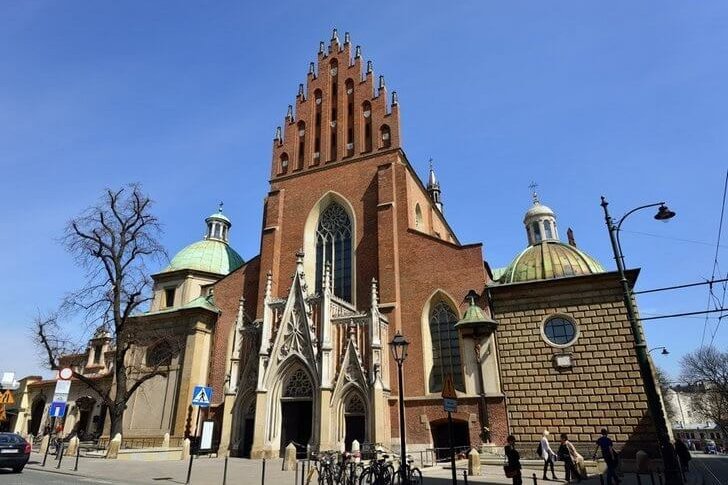
Divine Mercy Sanctuary
Since 1992, a complex of religious buildings has been called a sanctuary, which includes the chapel of St. Joseph, the monastery of the Sisters of the Blessed Virgin Mary of Mercy, the Chapel of Perpetual Adoration, the Basilica of Divine Mercy and other objects. This place was declared a pilgrimage center due to the fact that the relics of St. Faustina Kowalska and the famous icon "Jesus, I trust in You" are kept on its territory.

Kurgan Kosciuszko
Memorial mound dedicated to the national hero of Poland Tadeusz Kosciuszko. It is located in the west of Krakow on the natural Sikornik hill. The monument was erected in 1823. In 1854, a fortress was built around it to accommodate the Austrian garrison. During the battles for the liberation of Krakow in 1944, the hill played the role of an important observation post for Soviet soldiers.

Krakow Zoo
The very first menagerie appeared in Krakow on the territory of Wawel under King Sigismund III, when the city was the capital of the Polish state. After the loss of Krakow's capital status, the zoo gradually fell into disrepair. The modern menagerie was founded in 1929. At that time, only about 200 mammals and birds lived in it. Today, more than 1,500 thousand individuals (260 species) live in the Krakow Zoo.
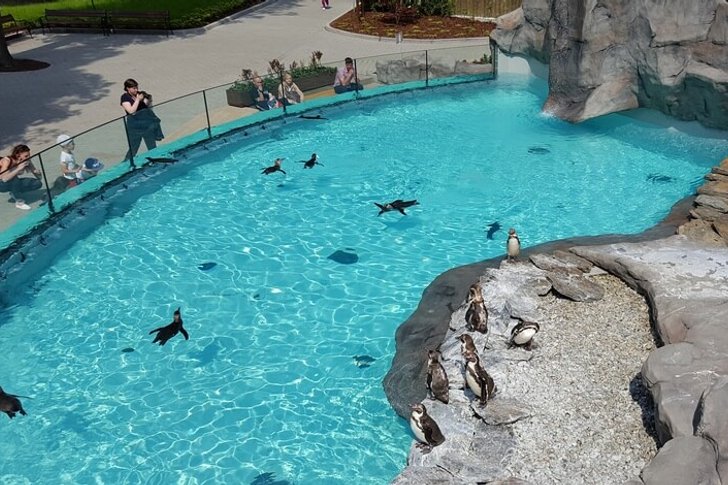
Botanical Garden of the Jagiellonian University
In the 18th century, on the site where the Botanical Garden is now located, the Czartoryski family park was laid out, which in 1752 was sold to the Jesuit Order. In 1783, the university department of chemistry and natural history received it at its disposal after the dissolution of this monastic brotherhood. At first, the garden occupied a small area of 2.4 hectares. Medicinal and ornamental plants were grown here. Gradually, its area increased to today's 9.6 hectares.

Krakow Planty
City park located on the border of the historical part of Krakow on the site of former fortifications (fortifications and ditches). It was destroyed in the 19th century. After the Second World War and until 1989, the park was in disrepair, until a decision was made to start restoration work. Today Krakow Planty is a wonderful place for walks in nature, decorated with numerous sculptures and monuments.
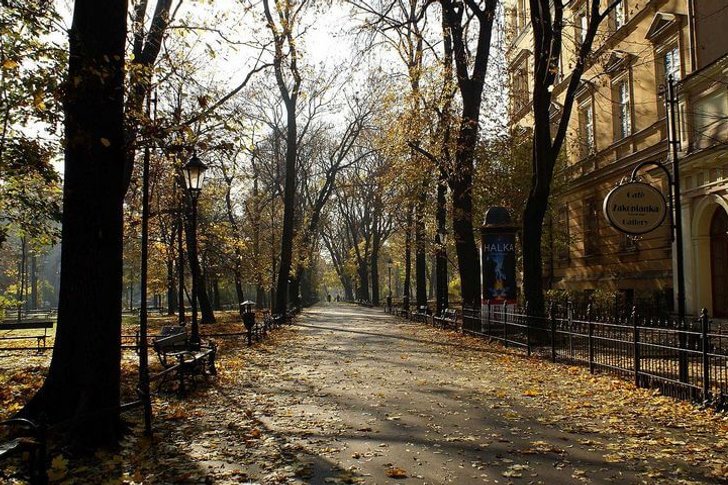
Vistula river
The longest river in Poland, whose length is 1047 km. It originates in the mountain range of the Western Carpathians and flows into the Baltic Sea. The Vistula flows through several major Polish cities, including Krakow and the country's capital, Warsaw. Within Krakow, along the banks of the river, there are picturesque public parks and several natural reserves have been created.
